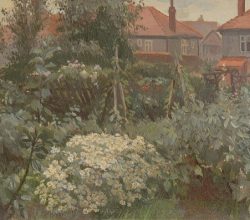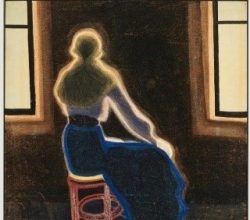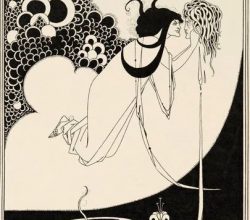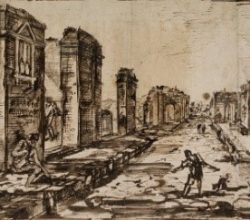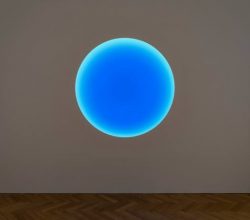
James Turrell, Pace Gallery
Waldemar Januszczuk | Waldemar.tv | 9th March 2020
How best to characterise Turrell’s “immensely influential” work? “Turrell manipulates light” is a favourite phrase, though some writers get woefully obscure. The linked piece opts for just describing the sensory experience. “[A] visual geometry that pleasures the eyes. Is it merely a trick of the light that there’s something churchy about the experience? That the roundels have something of the rose window about them, that the alcoves feel whispery, like a chapel?”

